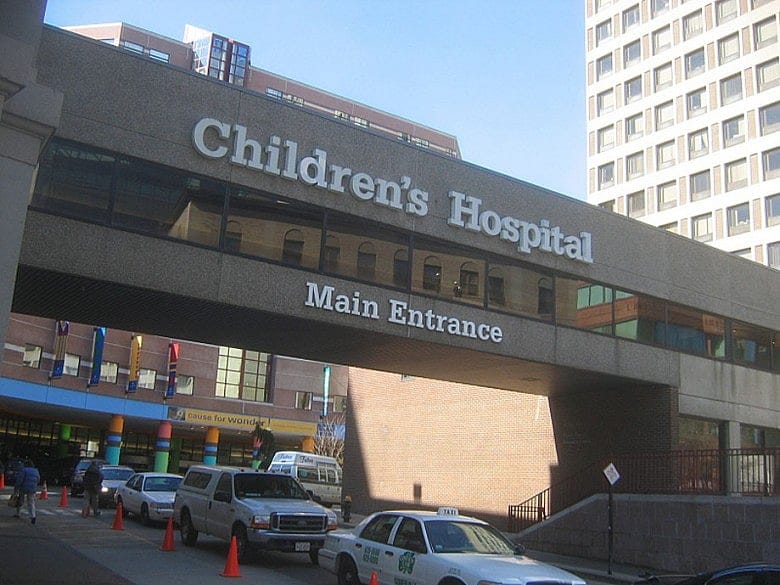Mass. emergency rooms see sharp increase in behavioral health cases

STATE HOUSE — Total emergency room use in Massachusetts dropped slightly in 2014, but visits associated with a behavioral health conditions rose sharply, according to preliminary Health Policy Commission findings.
Early data from the commission's 2015 Cost Trends Report show a nearly 24 percent statewide increase in behavioral health-related emergency department visits from 2010 to 2014. A visit is classified as behavioral health-related if it involves mental health or substance use disorders.

